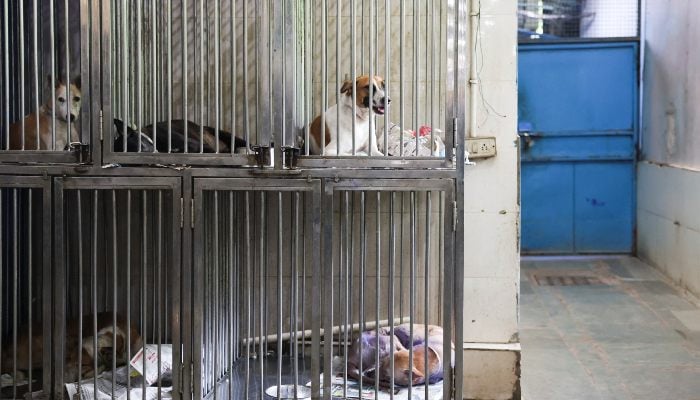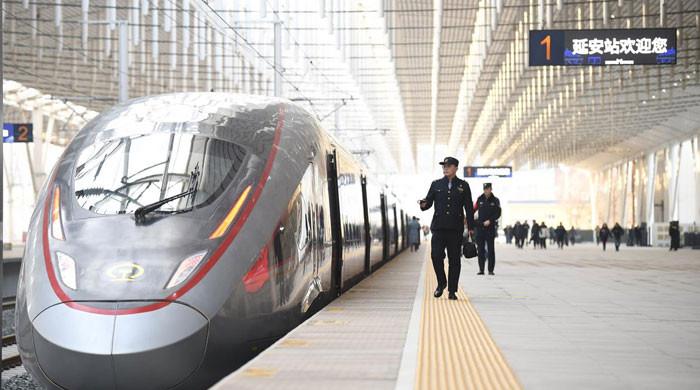India's top court allows release of picked-up stray dogs in Delhi after sterilisation
India's Supreme Court says the scope of the case would be expanded across India
August 22, 2025

- Sterilised, immunised dogs to be released.
- Rabid or aggressive ones excluded.
- Court directs creation of feeding zones for dogs.
NEW DELHI: India's Supreme Court directed on Friday the release of stray dogs picked up in Delhi and its suburbs after sterilisation and immunisation, modifying an earlier order and widening the scope of the case to ensure a nationwide policy on such strays.
Animal lovers had appealed against the court's order this month to move all stray dogs to shelters in the area, following media reports of a rise in the number of cases of rabies, especially among children.
The relocation decision drew criticism regarding its implementation, citing lack of infrastructure and medical treatment. Many animal lovers took to the streets to protest against the order.
On Friday, the court said that dogs picked up in the past few weeks in Delhi and its suburbs would be released after sterilisation and immunisation, barring those showing aggressive behaviour or rabies infections.
A three-judge panel of the court said the scope of the case would be expanded across India and the court would formulate a uniform policy for all stray dogs soon.
In April, the government said nearly 430,000 dog bite incidents were reported nationwide in January, against 3.7 million cases in all of 2024.
India has 52.5 million stray dogs, a survey of homeless pets by Mars Petcare has shown, with 8 million homeless canines in shelters.
Media reports suggest Delhi alone has 1 million stray dogs. Reuters could not independently verify the figure.
To curb public feeding of stray dogs, the court also directed the setting-up of designated zones.









